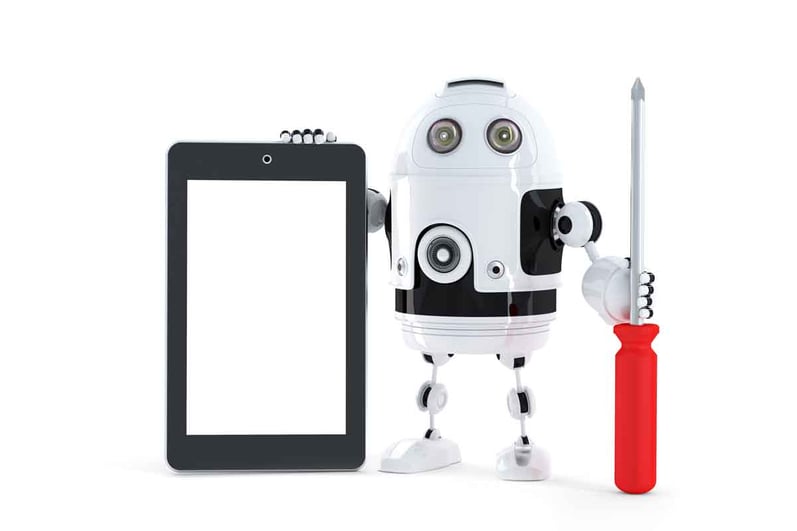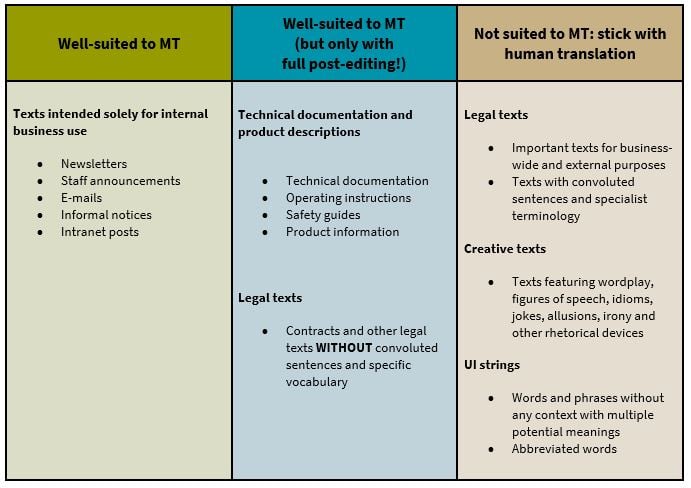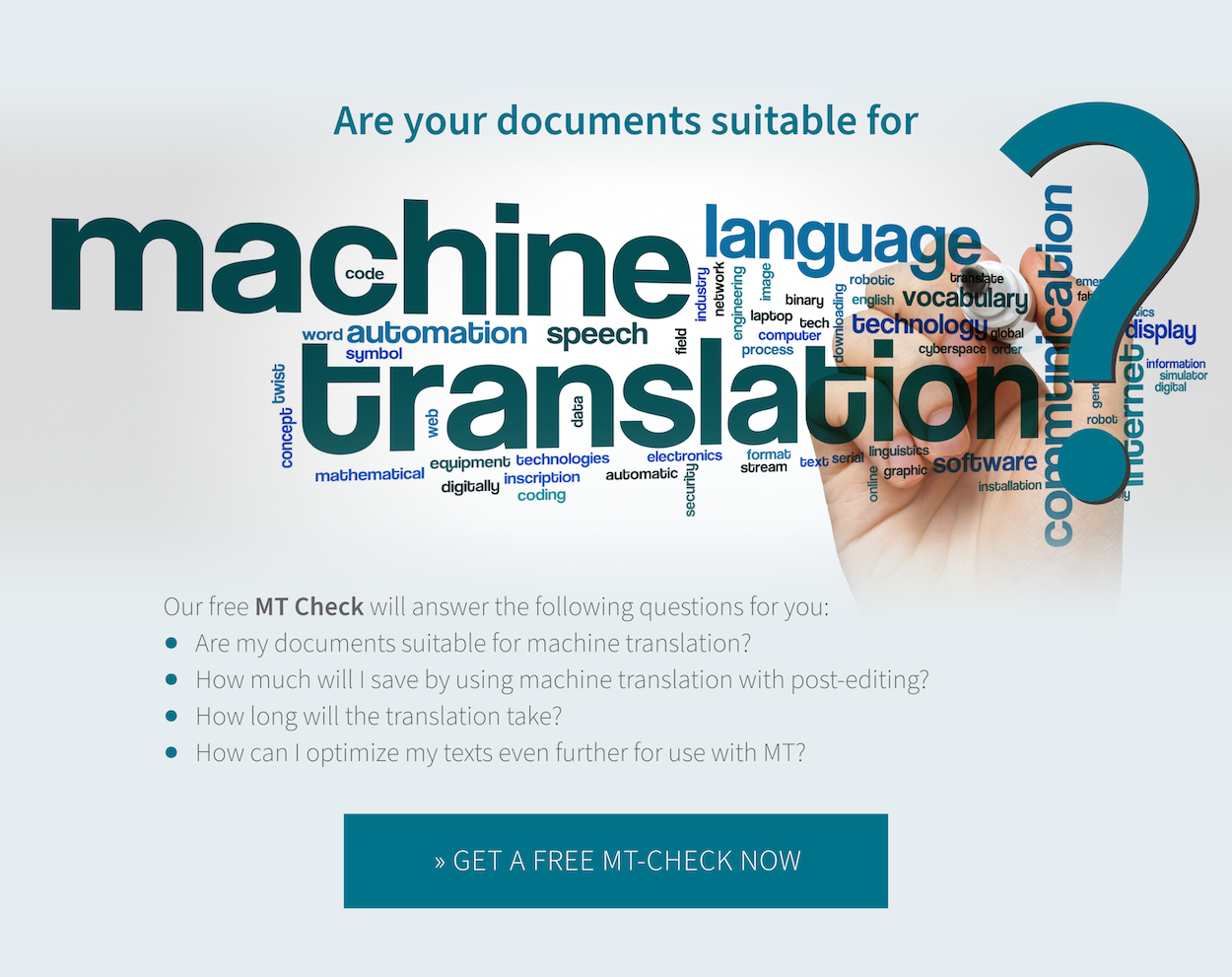
Google Translate and other machine translation (MT) engines are becoming more and more popular, so it’s no surprise many businesses who need translations are asking whether MT is right for them. It’s quicker and cheaper, so it seems like a no-brainer, but there’s a catch: not all types of texts are suitable for pre-translation with MT engines. We explain where MT can be helpful and where it will produce incoherent texts that are no use to anyone.
When you read sentences like “I ate a lawyer” as a translation of “J’ai mangé un avocat” and “I only understand train station” as a translation of “Ich verstehe nur Bahnhof”, you know immediately that something’s gone wrong somewhere (the second example is the German equivalent of “It’s all Greek to me”). Mistakes like these are usually the result of using MT without getting someone to post-edit the output.
But surely in 2020 it can’t be that difficult to run a text through advanced software to produce a correct translation in a different language?
Automatic translation – that’s got to be good, right?
Yes and no. Machine translation software has come a long way, but it can’t yet produce high-quality texts without human input – even if that human’s role has changed from “translator” to “post-editor”. Good translations are the result of man and machine working together: with professional post-editing and the right work steps in place, MT can produce the same high-quality output as a human translation. But even when a human specialist translator has the last word, not all texts are suitable for pre-translation with MT.
Which texts are suitable for machine translation?
There’s no universal answer to that question. But there are types of texts that are more likely to be suitable for MT and others which almost certainly won’t be. As a general rule, the less context and fewer cultural references contained in the source text, the more suitable it will be for MT. If the text uses common vocabulary, short, simple sentences, straightforward lists of terms and minimal or no specialist terminology, the MT engine will usually produce fluent results you can use. But even so, the translations will almost always contain errors and won’t sound like idiomatic human language – sometimes the effect will be extremely jarring.
Internal/informal texts
Internal business texts, such as newsletters, staff announcements and other notices, e-mails and intranet posts, usually have pretty simple content and are ideal candidates for MT. If texts are neutral, without any emotion and not reliant on contextual knowledge, MT can show its full potential: the combination of machine translation and post-editing allows even large texts to be translated quickly and much more cheaply.
Technical documentation and product descriptions
MT with post-editing also produces good results when translating technical documentation, operating instructions, safety guides, product information etc. – provided that the sentences are kept short and simple and the terminology is not too specific. That’s because the computer only “thinks” from sentence to sentence, which means key terms are often translated differently at different points in the text. Post-editing is therefore vital in order to ensure consistency (term bases can really help the post-editor here), and even more importantly to avoid the serious consequences of uncorrected errors in the machine translation. Another option is MT software that can be trained, though this needs to be fed with large volumes of texts beforehand, which isn’t always possible.
Legal texts
MT is usually good at translating contracts and other legal texts, as long as the sentence structure isn’t too convoluted and the vocabulary isn’t too specific. As always, post-editing is crucial.
Marketing texts
By contrast, creative texts full of wordplay, figures of speech, idioms, jokes, allusions, irony and other rhetorical devices will utterly defeat the MT engine. A machine doesn’t understand what it’s translating – it translates text literally and can’t read between the lines, so the results it produces will be confusing and meaningless. Conventional human translation is almost certainly the best option for these texts. After all, if you’ve spent lots of time crafting the perfect marketing message from scratch, the translation should be just as carefully thought out.
UI strings
Another example of texts less well-suited to MT are software user interface texts (UI strings). They’re often sent to translation agencies as Excel files: that means lists of words, often abbreviated, without any context and with multiple potential meanings. Machine translating these texts will expose the limitations of MT engines.
Is my text suitable for machine translation?
The following table serves as a rough guide, but remember that there are no hard and fast rules – each text should be assessed individually. That’s where we can help: send us your text, and we’ll analyse whether it’s suitable for machine translation and full post-editing.

© MEINRAD
Main image: © Storyblocks


